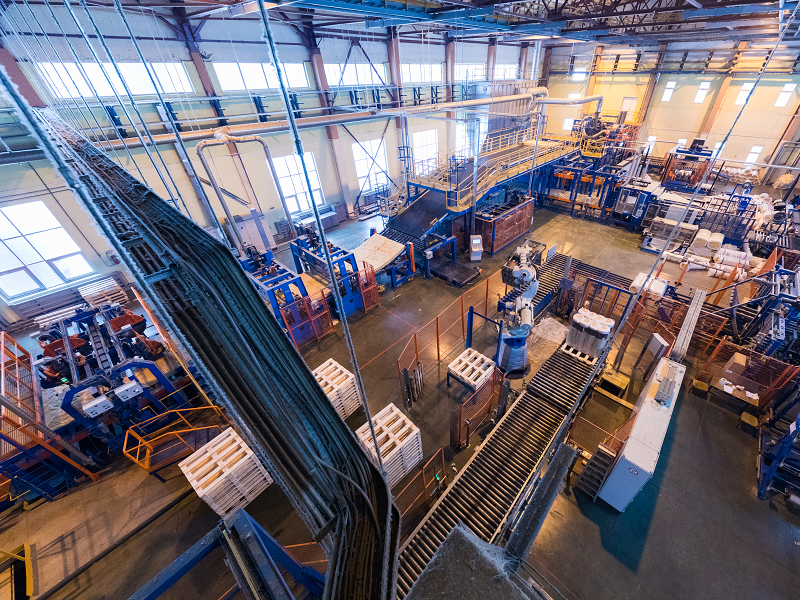The Logistics Commercial Real Estate Process, Explained


Posted in:
Choosing the right logistics commercial real estate directly impacts the success of your supply chain. After all, the right size, location, and storage capabilities of a warehouse can ensure efficient transportation, customer satisfaction, and opportunities for future growth.
The logistics CRE process takes an average of 12 months to complete for tenants interested in leasing a warehouse or distribution center, while a purchase transaction may take longer, due to availability.
It’s important, therefore, to critically evaluate your options with an experienced real estate broker. To help companies with logistics needs make an informed CRE decision, we guide you through our strategic, five-step tenant/user representation process.
Ready to acquire or lease a new distribution facility? Here are the five logistics transaction steps you should know.
The first step in the logistics commercial real estate process is to identify the key success factors, drivers, and critical milestones for your logistics real estate search. Defining your selection criteria and programmatic requirements can help you identify a list of ideal logistics facilities.
Logistics CRE criteria often includes:
This selection criteria then guides your market research and screening. Logistics facilities that align with your requirements are shortlisted, while unqualified properties are eliminated.
To fully evaluate the strengths and weaknesses of your shortlisted logistics facilities, coordinate walk-throughs (in-person or virtual, for national transactions) with your CRE broker.
Once you’ve completed tours and reviewed each property, requests for proposal (RFPs) or Letters of Intent (LOIs) are sent to gather the property data needed to secure buy-in from your team. Approval from leaders or stakeholders is critical to ensure you make the best decision for your organization.
RFPs and LOIs are not only a common method of obtaining detailed property information, but they’re also a clear indication of your intent to lease or purchase, and help manage negotiations of critical business terms.
Work with your real estate advisor to develop and distribute these documents accordingly. They frequently include:
Analyses of the proposals you receive from landlords/sellers will help you to evaluate and compare distribution facility alternatives. Based on this information, an expert real estate broker will assist you in preparing strategic recommendations for negotiations.
During the negotiations phase of the logistics real estate process, you’ll work with a broker to conduct simultaneous, competitive negotiations with the landlords/sellers of your different logistics CRE options. In an increasingly competitive logistics real estate market, maintaining leverage with multiple landlords/owners can help keep rental costs or purchase prices down.
These negotiations will allow you to evaluate counteroffers, resolve critical open issues for each property, and finalize key business or legal terms and conditions.
In the last phase of the logistics CRE process, it’s your responsibility to communicate important details with appropriate stakeholders, including employees, investors, and manufacturers. To finalize your logistics lease or purchase agreement, work with a real estate broker to ensure the right business terms are incorporated before an attorney prepares and delivers final documentation for signature.
The right real estate broker, combined with a strategic CRE approach, is key to securing the best logistics facilities for your supply chain.
Selecting the right facility for your organization’s needs is just one facet of logistics real estate. To learn more about logistics real estate and the trends impacting your decisions today, take a look at our Ultimate Guide to Logistics Real Estate Transactions.
Get the latest real estate advice and insights from Allegro experts sent straight to your inbox.